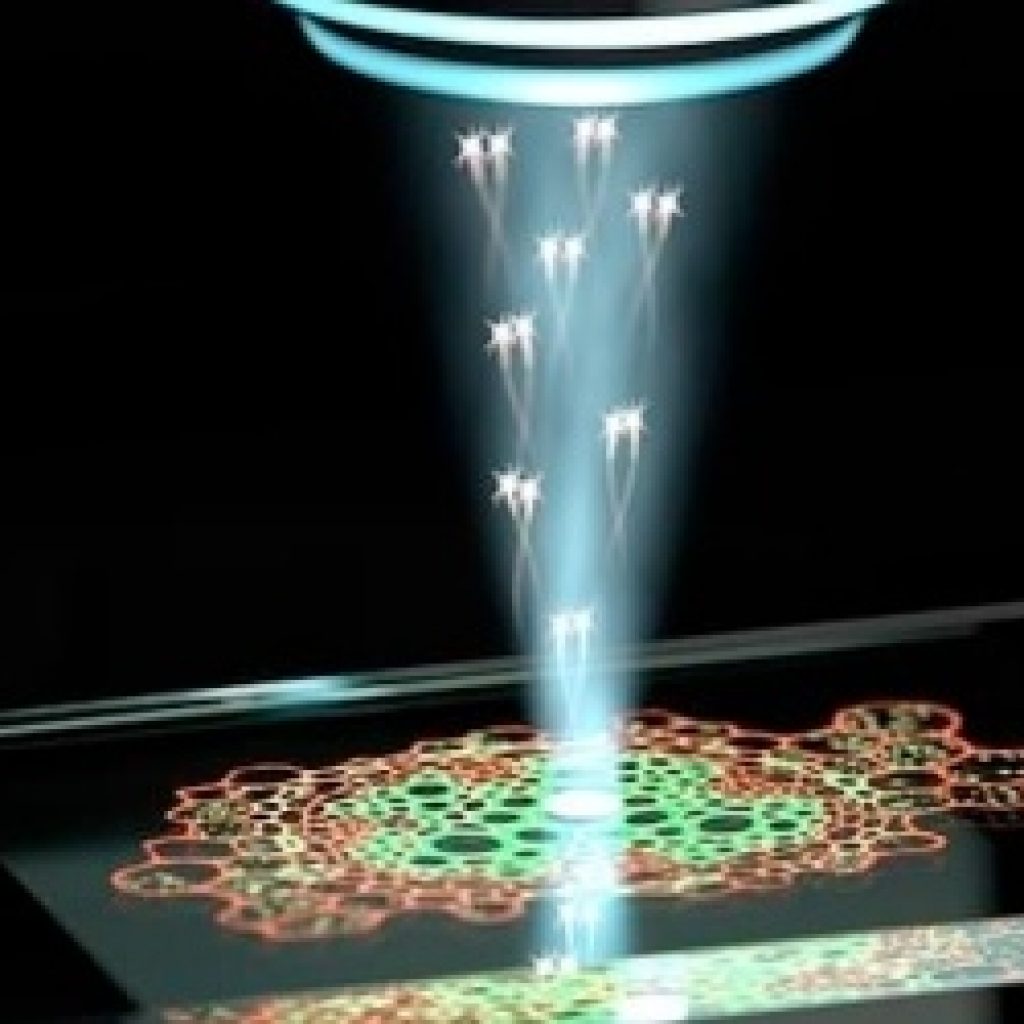(IntelligentLiving) Australian researchers from the University of Queensland have made a significant step forward in quantum technology by developing a microscope that can image tiny biological structures not visible previously.
Though still an early proof of concept, the device could lead to improvements in navigation systems and medical imaging. The researchers hope it can someday support a wide range of applications, such as studying the effects of antibiotics or nerve degeneration and improving MRI scans.
The quantum microscope works at the scale of bonds between atoms in a cell – with 35% more clarity than existing state-of-the-art imaging techniques, outperforming conventional technologies.
The main complication behind imaging tiny structures is the ratio of the signal given off by the thing being analyzed and the random light fluctuation in the image’s background. Researchers have dealt with the issue by raising a microscope’s light source’s intensity using lasers billions of times brighter than the sun. However, such intense laser light can cause problems in the biological samples under study. Prof Brant Gibson at RMIT, who wasn’t involved in the study, said: “They get killed; they change their behavior. All sorts of stuff happen that makes it difficult to interpret what is going on in biological systems”.
The new microscope gets a more precise picture by using quantum technology to minimize random light fluctuations within an image. It works through quantum entanglement, a phenomenon in which light photons are linked to each other. Einstein described the effect as “spooky interaction at a distance.” The microscope studies molecular vibrations inside a cell.
The Australian researchers are currently working on further improving the performance of the new microscope. They hope to give an image around ten times clearer than existing technology.
New Quantum Microscope Is A Major Improvement On Existing Technology
